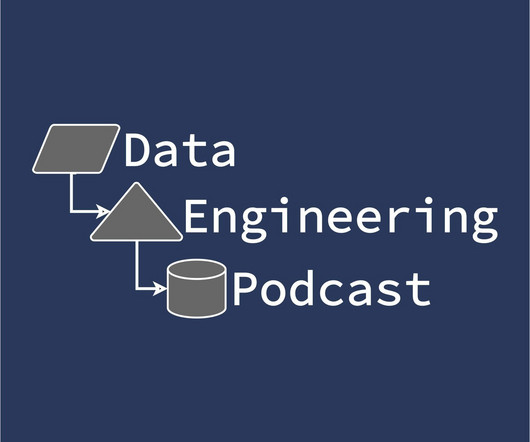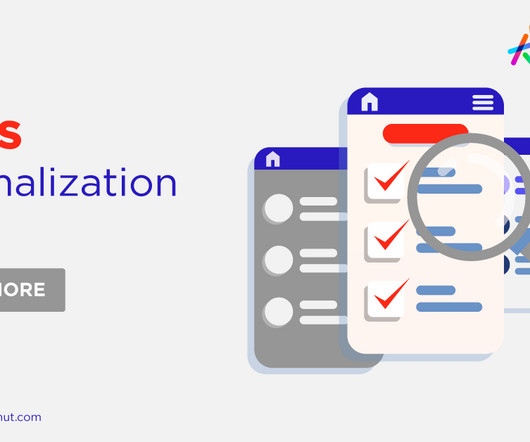Find Out About The Technology Behind The Latest PFAD In Analytical Database Development
Data Engineering Podcast
FEBRUARY 25, 2024
Announcements Hello and welcome to the Data Engineering Podcast, the show about modern data management Dagster offers a new approach to building and running data platforms and data pipelines. Data lakes are notoriously complex. Go to dataengineeringpodcast.com/dagster today to get started.












Let's personalize your content